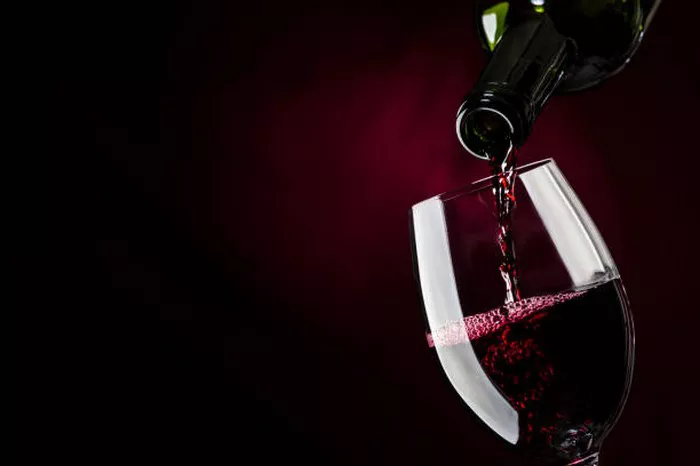Merlot, a popular red wine grape variety, often sparks curiosity regarding its pricing. Enthusiasts and newcomers to the world of wine frequently inquire, “Is Merlot expensive?” This query isn’t straightforward due to various factors influencing wine pricing. To delve into the complexities of Merlot’s cost, we’ll explore the grape’s characteristics, its production nuances, market dynamics, regional influences, and consumer perceptions, all of which contribute to determining the price of Merlot wines.
Understanding Merlot: Characteristics and Production
Merlot, known for its plump, fleshy fruitiness, is a versatile grape that thrives in various climates and soils. Its popularity stems from its ability to produce wines that range from soft, approachable styles to more robust and age-worthy expressions. This adaptability in winemaking gives rise to a broad spectrum of Merlot wines, each exhibiting distinct characteristics.
The cost of Merlot can be impacted by production intricacies. Factors such as vineyard location, grape quality, harvesting methods, fermentation techniques, and aging processes significantly influence the final product’s price. Wineries employing meticulous attention to detail and investing in premium production methods tend to produce higher-priced Merlot wines.
Market Dynamics: Supply and Demand
Merlot’s pricing is also influenced by market forces, particularly supply and demand dynamics. As with any commodity, when the demand for a particular wine outweighs its supply, prices tend to rise. Conversely, an oversupply of Merlot grapes or wines in the market can lead to lower prices as producers compete for consumer attention.
The perception of Merlot among consumers further shapes its market value. Historical events, such as the famed “Sideways effect” stemming from the 2004 movie, have had significant impacts on Merlot sales and pricing. The film’s protagonist famously disparaged Merlot, leading to a decline in its popularity and affecting its pricing in certain markets.
Regional Influences on Merlot Pricing
Geographical factors play a pivotal role in determining the cost of Merlot wines. Different wine-producing regions worldwide cultivate Merlot grapes, each offering unique terroirs and characteristics that influence the final product’s quality and price.
Regions renowned for their Merlot production, such as Bordeaux in France, Napa Valley in California, and Tuscany in Italy, often command higher prices due to their established reputation for producing exceptional wines. The prestige associated with these regions, coupled with their limited production and high demand, contributes significantly to the elevated pricing of their Merlot offerings.
See Also: Understanding Merlot: Exploring Its Full-Bodied Nature
Consumer Perceptions and Pricing
Consumer perceptions and preferences greatly impact the pricing of Merlot. Wine drinkers’ evolving tastes, influenced by trends, reviews, and sommelier recommendations, can affect the demand for specific styles or brands of Merlot.
Perceived value also plays a crucial role in determining the price consumers are willing to pay for Merlot wines. Factors such as branding, packaging, wine ratings, and the reputation of the winery influence consumers’ willingness to pay a premium for a bottle of Merlot.
Factors Affecting Merlot’s Price Fluctuations
Several factors contribute to the fluctuations in Merlot pricing. Vintage variations, economic conditions, global events, and environmental factors, such as weather patterns affecting harvest yields, all impact the cost of Merlot wines.
Exceptional vintages or scarce productions due to unfavorable weather conditions can lead to higher prices for Merlot wines. Conversely, economic downturns or abundant harvests might result in more accessible pricing to stimulate sales.
Quality and Price Correlation
The correlation between quality and price is a significant consideration when assessing whether Merlot is expensive. While price can often reflect quality, it’s not always a definitive indicator. Some reasonably priced Merlot wines can offer exceptional quality, surpassing more expensive counterparts in blind tastings or expert evaluations.
Wineries focused on producing high-quality Merlot without the constraints of exorbitant marketing budgets might offer excellent value for money. Exploring lesser-known or boutique producers can unveil hidden gems that provide exceptional quality at a fraction of the price of more renowned brands.
Investment Potential of Expensive Merlot Wines
For wine collectors and investors, the question of whether Merlot is expensive holds a different perspective. Rare and highly sought-after Merlot wines from prestigious vintages or renowned producers can appreciate significantly in value over time.
Investing in expensive Merlot wines requires thorough research, understanding market trends, and potential future demand. Factors such as provenance, condition, and rarity of specific bottles significantly impact their investment potential.
Conclusion
In conclusion, determining whether Merlot is expensive involves considering various factors. The pricing of Merlot wines is influenced by production methods, market dynamics, regional influences, consumer perceptions, and external factors such as economic conditions and environmental elements. While certain Merlot wines may carry high price tags due to their prestige, exceptional quality can also be found in more affordable options. Ultimately, the value one places on a bottle of Merlot is subjective, influenced by personal preferences, experiences, and the inherent qualities of the wine itself.


